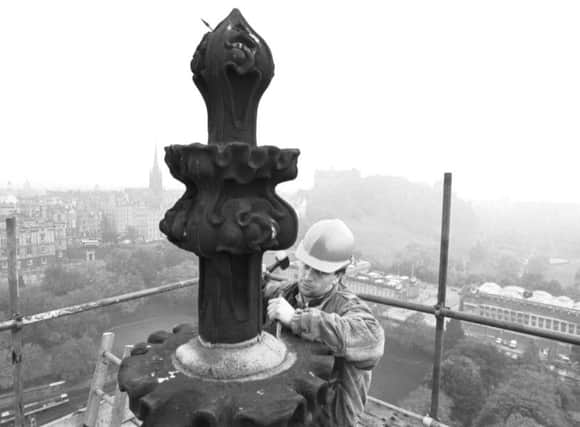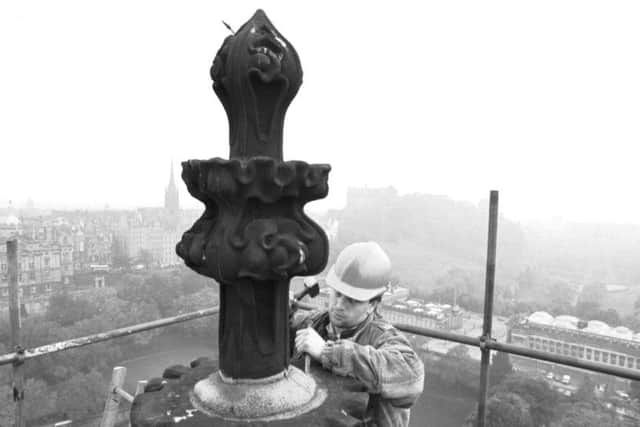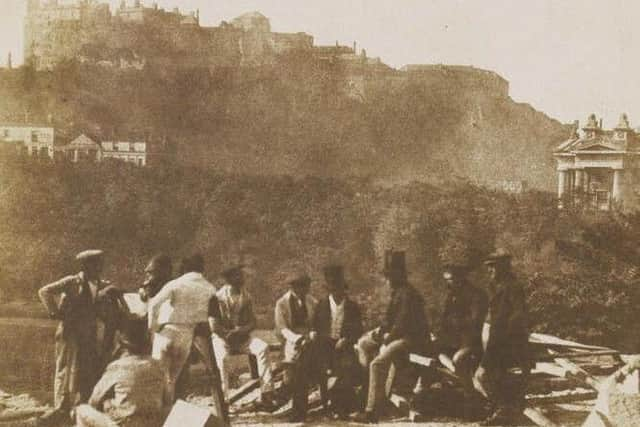Hundreds died breathing dust while building Edinburgh’s New Town, expert claims


A team of academics say that large numbers of masons working on Edinburgh’s New Town in the 18th and 19th centuries developed silicosis, a killer lung condition that is caused by the prolonged inhalation of crystalline silica dust.
Masons building the Scott Monument, for example, were found to have worked on blocks of sandstone while confined to sheds so that work could be carried out in all weathers. These sheds, however, had next to no ventilation, with only the most rudimentary respiratory apparatus - if any at all - available to the stonemasons.
Advertisement
Hide AdAdvertisement
Hide AdThe men, many of whom grew heavy beards and moustaches in a somewhat futile bid to filter the deadly dust, worked long hours carving and shaping sandstone from quarries such as Craigleith. The famous quarry had a high quartz sandstone, the chiselled dust of which could lead to “silico-tuberculosis” or silicosis when breathed in, causing hardening and scarring to lung tissue.


It’s estimated that as many as 23 of the 70 stonemasons who worked on the Scott Monument in the 1840s died as result of contracting silicosis.
And further research reveals that between 1872 and 1911, a shockingly high number (46.1%) of stonemasons died from tuberculosis compared to just 13.4 per cent of men over the age of 20 working in other professions.
The frightening data is revealed in full in a new paper: Edinburgh’s hidden story of stonemasons’ silicosis.
One of the four academics working on the paper was Prof Ken Donaldson, senior research fellow at the Surgeons’ Hall Museum, who told the BBC: “There is a weight of evidence from contemporary sources which makes a persuasive case that this is a forgotten occupational health disaster.


“I think the one that really shocked me was the Scott Monument, there were huge of blocks of sandstone that needed shaped and it was mostly getting done in sheds to keep out the wind and rain.
“People just don’t know about the unintended consequences of building this beautiful city.”
Prof Donaldson added: “These figures are really the tip of the iceberg. I think hundreds of stonemasons will have died from silicosis while building the New Town.”